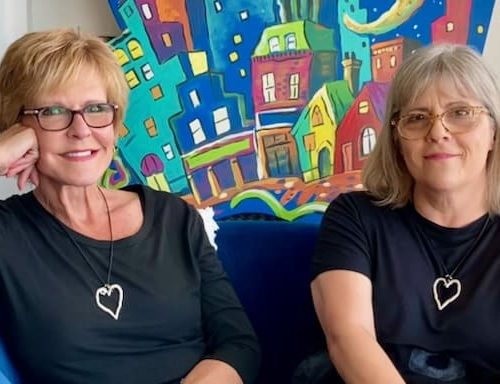Pitch Imperfect
Photo by Unsplash in collaboration with Getty Images
On a half dozen occasions this past June, I would be in the middle of a conversation when, without warning, my voice would turn hoarse. By July, my voice was raspy more often than it wasn’t. I thought the cause might be changes in temperature, or a high pollen count. Maybe it was a new symptom of acid reflux. Or maybe –
“You know what it is?” a friend said. “You’re just getting old.”
I dismissed his well-meaning but ageist remark. But I did email my primary care doctor, describing the symptoms and asking, “Is this worth checking out?” She thought it was. So I made an appointment, played 20 Questions with a young resident, had my throat inspected, and got a referral to the university hospital’s Otorhinolaryngology Department. If you’re weak in Greek, that’s ear, nose, and throat (ENT).
There, after another round of 20 Questions and a throat inspection, the ENT doctor told me she would take a picture of my vocal cords. In what is euphemistically called a “minimally invasive” procedure, she sprayed an anesthetic up my nose, took a narrow black tube, and minimally invaded my right nostril with it. A tiny camera was at one end. Anesthesia notwithstanding, it is a weird sensation to feel something foreign poking around inside my head. (On the plus side, my sinuses were 100% clear for the rest of the day.)
With the camera in place, the doctor directed me to make various sounds. In a few minutes, she pointed me to a large screen a few feet away, where it was my great privilege to see a 15-second black and white video of my vocal cords that will never appear on YouTube or Instagram. It was not my most flattering angle.
More Surprises
Did you know there were only two vocal cords? I had no idea. I always assumed there were eight or more, strung like a harp. Not so. There are just two, and they manage to produce spoken words, singing, shouts, clicks and whistles all by making vibrations.
The ENT doctor pronounced her diagnosis of sarcopenia (more Greek, and I didn’t like how much it sounded like sarcophagus.) “Your vocal cords are beginning to atrophy,” she explained, pointing at the screen. Apparently when the vocal cords weaken to the point that they cannot meet, the muscles that flank each cord try to help out by tightening up and pushing. That pressure was the source of my hoarseness.
This did not sound like good news for my fledgling podcasting career. However, the ENT doctor assured me that my condition was treatable. She referred me to Katie, the department’s speech pathologist.
That was another surprise. Speech Therapy? Wasn’t that for Stroke victims and kids who still had lisps in the third grade?
But Katie knows her stuff, and also happens to be gentle, kind, and patient. The goal of treatment, she said, is to lessen the pressure on the vocal cords by learning a different way of speaking – with more sound coming from the front of my mouth and less from the back of the throat.
I have some reluctance about this. I have been talking since I was a two-year-old, and I thought I had done a pretty fair job of mastering the basics. But now, I have to undo 70 years of firmly entrenched habit and train myself to practice a new way of talking.
Easier said than done. In our first session, Katie directed me to “say” a phrase through a straw – without forming the actual words. I blew what sounded like an uninspired kazoo solo, and apparently that was the right idea. The straw was to make me aware of the vibrations of my lips, the better for me to retrain myself (eventually) to speak in a way that puts less strain on the vocal cords.
Fighting Muscle Memory
We go through other exercises, getting me accustomed to saying phrases from the front of my mouth. Just like with singing lessons, I’m supposed to inhale from the diaphragm and exhale in a long, continuous breath. When Katie instructed me to make the sounds higher in my body, my first attempt came out an octave higher – not the point. Katie also has me relaxing my jaw, opening my mouth wider, and speaking in the exaggerated manner of an old-school crooner. So far, to my untrained ear, I can’t yet distinguish between sounds coming from my mouth or those coming from my throat. But I continue to practice mindful elocution daily as I channel my inner Lin-Manuel Miranda. In another six months, I may have this thing figured out.
It’s a surprise to be forced to learn a new way of talking at my age. But I am grateful that this particular sign of Aging is treatable, my fledgling podcasting career is not in danger, and perhaps I will soon be equipped to pursue a new career in musical theater.


























